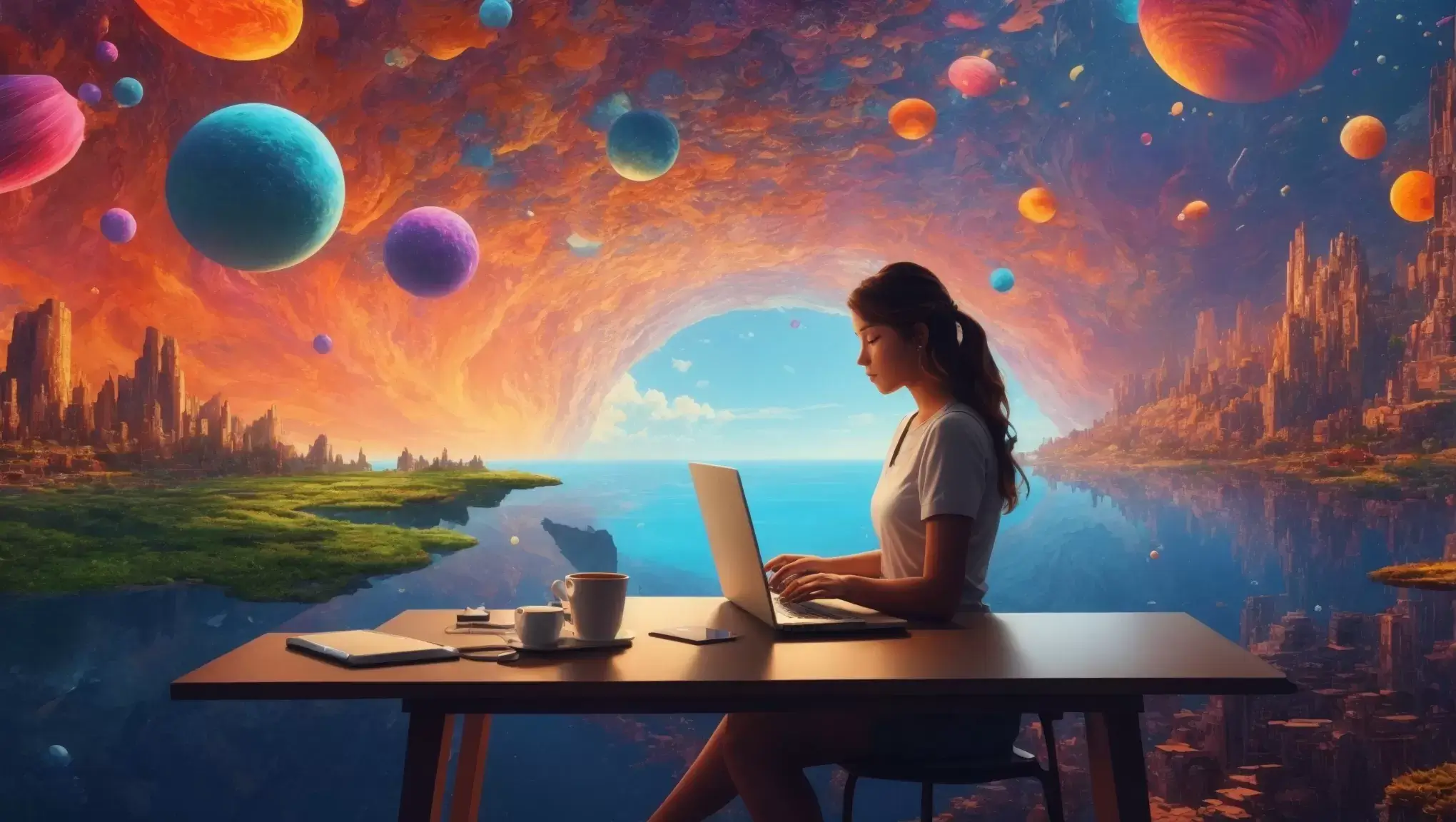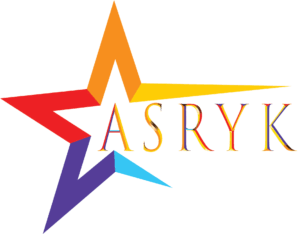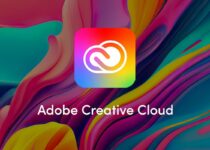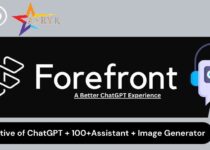GauGAN2: A Brushstroke into the Future of AI Art Generation
The realm of artistic creation has always been a domain dominated by human expression. However, with the relentless march of technological innovation, artificial intelligence (AI) is making significant inroads into this territory. One such pioneering project is GauGAN2, an AI art generator developed by NVIDIA that pushes the boundaries of creative possibility.
This article delves into the fascinating world of GauGAN2, exploring its capabilities, its underlying technology, and the potential impact it holds for the future of art.
Unveiling the Canvas: What is GauGAN2?
GauGAN2 is a groundbreaking AI system that allows users to create photorealistic landscapes using a unique combination of text descriptions and digital sketches. Unlike traditional AI art generators that rely solely on text input, GauGAN2 offers a more interactive and intuitive approach.
Imagine having a powerful artistic collaborator who can translate your textual descriptions and rough sketches into stunningly realistic landscapes. That’s the essence of GauGAN2. Users can describe the scene they envision with keywords like “snow-capped mountains,” “crystal-clear lake,” or “vibrant autumn forest.” They can then refine this description by sketching basic shapes onto a digital canvas, indicating the placement of mountains, lakes, trees, and other elements. GauGAN2’s AI model then takes over, interpreting this combined input and generating a high-resolution image that reflects the user’s vision.
The magic of GauGAN2 lies in its ability to seamlessly blend multiple artistic modalities – text, semantic segmentation (identifying different image regions), sketch, and style – within a single framework. This allows for a more iterative and artist-centric workflow. Users can continuously refine the image by adding or removing details through text and sketch, allowing them to achieve a level of creative control previously unseen in AI art generation.
A Glimpse Behind the Brushstrokes: The Technology Powering GauGAN2
At the heart of GauGAN2 lies a powerful AI model known as a Generative Adversarial Network (GAN). GANs are a type of deep learning architecture that pits two neural networks against each other in a competitive learning process. One network, the generator, strives to create realistic images, while the other network, the discriminator, attempts to distinguish real images from the ones generated by the first network. Through this ongoing battle, the generator network progressively improves its ability to produce realistic outputs.
In GauGAN2, the GAN architecture is further enhanced to handle the unique combination of text, sketch, and style inputs. The model is trained on a massive dataset of high-quality landscape images, allowing it to learn the intricate relationships between different elements within a landscape scene. When a user provides text descriptions and sketches, the model leverages this learned knowledge to generate an image that adheres to the user’s vision while maintaining photorealism.
The model also incorporates a technique known as “inpainting.” This allows users to selectively modify specific areas of the generated image. For instance, if the AI generates a lake but the user desires a river instead, they can simply “paint” over the lake area with a brushstroke-like tool and provide the text description “river.” The model then refines the image accordingly, seamlessly integrating the river into the existing landscape.
Beyond Landscapes: The Potential Applications of GauGAN2
While GauGAN2 currently excels at generating landscapes, its potential applications extend far beyond this initial focus. The core technology behind GauGAN2, its ability to combine and interpret various creative inputs, can be adapted to generate different artistic styles. Imagine using GauGAN2 to create scenes in the style of Van Gogh’s swirling brushstrokes or the dreamlike landscapes of Salvador Dalí.
Furthermore, the iterative nature of GauGAN2’s workflow makes it a valuable tool for concept art creation. Artists and designers can use it to quickly generate and refine concept sketches for environments, characters, or objects, accelerating the initial stages of the creative process.
The potential for applications in the gaming industry is also vast. Game developers could leverage GauGAN2 to rapidly generate diverse and realistic landscapes for game worlds, saving time and resources. Additionally, GauGAN2 could be used to create personalized in-game environments based on player preferences.
The educational value of GauGAN2 should not be overlooked either. It can serve as a powerful tool for art education, allowing students to experiment with different artistic concepts and styles in a user-friendly and interactive environment.
The Artist and the Machine: A Collaborative Future
The emergence of AI art generation tools like GauGAN2 raises interesting questions about the future of art and the role of the artist. Will AI eventually replace human artists? The answer is likely a resounding no. GauGAN2, and similar AI tools, should not be viewed as replacements for artists, but rather as powerful collaborators. Artists can leverage these tools to enhance their creative workflows, explore new
Continuing our exploration of GauGAN2, let’s delve deeper into the technical aspects, potential limitations, and the ongoing debate surrounding AI art generation.
Technical Nuances: The Intricacies of GauGAN2
While the core concept of GauGAN2 seems straightforward, the underlying technology involves complex processes. Here’s a closer look at some of the technical aspects:
-
Multimodal Learning: GauGAN2 excels at its ability to interpret and combine various artistic inputs. This is achieved through a technique called multimodal learning, where the model is trained on datasets containing not just images, but also corresponding text descriptions and segmentation maps (identifying different regions within the image). This allows the model to establish relationships between these different modalities, enabling it to translate text descriptions and sketches into corresponding visual elements within the generated image.
-
Style Transfer: One of the exciting features of GauGAN2 is the ability to incorporate different artistic styles. This is achieved through a technique known as style transfer. Here, the model is trained on additional datasets containing artworks from various artistic styles. During image generation, the model can then apply the stylistic elements of a particular artist, like the use of bold colors or dreamlike distortions, to the overall landscape.
-
Generative Pre-training: To further enhance the quality and realism of the generated images, GauGAN2 employs a technique called generative pre-training. Here, the model is first trained on a massive dataset of unlabeled landscape images. This allows the model to learn the underlying structure and relationships within natural landscapes before being fine-tuned on the specific task of generating images based on text and sketch inputs.
Limitations and Challenges: GauGAN2’s Room for Improvement
Despite its impressive capabilities, GauGAN2 is still under development and has some limitations to consider:
-
Limited Dataset Bias: The quality and diversity of the generated images heavily depend on the training data. If the training dataset is biased towards specific types of landscapes, the model might struggle to generate scenes outside that scope. Addressing dataset bias is an ongoing challenge in AI development, and GauGAN2 is no exception.
-
Interpretability and Control: While GauGAN2 offers iterative control through text and sketch, understanding how the model interprets these inputs and translates them into the final image remains a challenge. This lack of interpretability can make it difficult for users to achieve very specific details or artistic visions.
-
Ethical Considerations: The rise of AI art generation tools raises ethical concerns. Issues like plagiarism, the potential for creating deepfakes in the art world, and the ownership of AI-generated art are some aspects that need careful consideration and potential regulation as this technology advances.
The Artist and the AI: A Collaborative Dance
The emergence of GauGAN2 has sparked debates about the future of art and the role of the artist in this new landscape. Here are some key points to consider:
-
Human Creativity Remains Paramount: GauGAN2 is a powerful tool, but it cannot replace the human element of creativity. Artists bring their own unique vision, experience, and emotions to the table, which AI currently struggles to replicate.
-
A New Era of Collaboration: AI tools like GauGAN2 can be seen as extensions of the artist’s toolkit. They can free up time for artists to focus on more conceptual aspects of their work while providing them with a platform to explore new ideas and styles.
-
Democratization of Art Creation: GauGAN2 has the potential to make art creation more accessible. People without formal artistic training can now experiment with creating visually stunning landscapes. This can foster a broader appreciation for art and potentially inspire new generations of artists.
The Future of AI Art:
GauGAN2 represents a significant leap forward in AI art generation. As the technology continues to evolve, we can expect to see even more sophisticated tools that can handle a wider range of artistic styles and content creation tasks. The future of art likely lies in a collaborative space, where humans and AI work together to push the boundaries of artistic expression.
This deeper dive into GauGAN2 has hopefully provided a more comprehensive understanding of its capabilities, limitations, and the exciting possibilities it holds for the future of art. As AI art generation continues to evolve, it will be fascinating to see how it shapes the creative landscape in the years to come.



